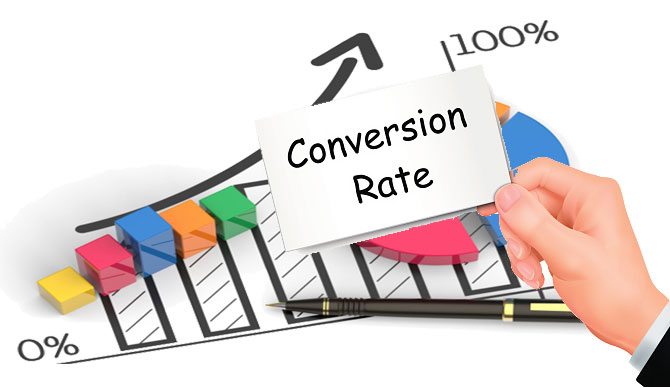Unlocking the Mystery of Conversion Rates: A Complete Guide

Introduction to Conversion Rate
In the world of digital marketing and e-commerce, understanding and optimizing your conversion rate is akin to finding the secret sauce that turns casual browsers into committed buyers. But what exactly is a conversion rate, and why is it so crucial for your online success? Let’s dive into the intricacies of conversion rates, exploring their definition, importance, and how you can improve them to boost your business’s performance.
What is a Conversion Rate?
A conversion rate is a simple yet powerful metric that measures the percentage of users who take a desired action on your website. This action can vary depending on your business goals—it could be purchasing a product, signing up for a newsletter, downloading a software trial, or any other key performance indicator that matters to your business.
Conversion Rate Formula
To calculate your conversion rate, you use a straightforward formula:
Conversion Rate=(Number of ConversionsTotal Number of Visitors)×100Conversion Rate=(Total Number of VisitorsNumber of Conversions)×100
For example, if your website received 1,000 visitors in a month and 50 of them completed a purchase, your conversion rate would be 5%.
Why is Conversion Rate Important?
The conversion rate is more than just a number; it’s a reflection of your site’s effectiveness and customer engagement. A high conversion rate indicates that your website is well-designed, with compelling content and offers that resonate with your audience. On the other hand, a low conversion rate might suggest there are obstacles preventing potential customers from completing their transactions, such as poor navigation, unattractive offers, or technical issues.
Strategies to Improve Conversion Rates
- Website Optimization: Ensure that your website is user-friendly, fast-loading, and mobile-responsive. A streamlined user experience reduces bounce rates and encourages more conversions.
- Enhance Your Call to Action (CTA): Your CTA buttons should be vividly visible and enticing, prompting users to click. Test different versions of your CTA to find the one that generates the most responses.
- A/B Testing: Regularly test different elements of your website, from headlines and product descriptions to images and checkout processes. This helps identify what works best for your target audience.
- Personalization: Use data analytics to offer personalized experiences to visitors. Tailoring content and recommendations based on user behavior increases the likelihood of conversion.
- Trust Signals: Display security badges, customer testimonials, and money-back guarantees to build trust with potential customers. Trust is a crucial factor in a customer’s decision to make a purchase.
Common Misconceptions
- Higher Traffic Equals Higher Conversions: More traffic does not necessarily lead to better conversion rates. It’s more important to attract qualified traffic likely to convert.
- One-Size-Fits-All: What works for one website or industry may not work for another. It’s crucial to understand your audience and customize your strategies accordingly.
Conclusion
Conversion rates are a vital metric for any online business or marketing campaign. By understanding what a conversion rate is, how to calculate it, and how to improve it, businesses can make data-driven decisions that enhance their online presence and increase profitability. The journey to improving your website’s conversion rate involves continuous testing, learning, and adapting—but the results are worth the effort.
FAQs
- What is a good conversion rate for an e-commerce website?
- While it can vary widely by industry and business model, a generally good conversion rate is around 2-3%.
- How often should I check my conversion rates?
- It’s wise to monitor your conversion rates regularly, ideally weekly or monthly, to quickly identify and address any dips or opportunities for improvement.
- Can conversion rates affect SEO?
- Indirectly, yes. High conversion rates often correlate with a positive user experience, which can improve your rankings in search engines.
- Is there a difference in conversion rates between desktop and mobile users?
- Yes, typically, desktop users have higher conversion rates than mobile users, possibly due to easier navigation and visibility. However, with the increasing optimization of mobile sites, this gap is narrowing.
- What are micro-conversions?
- Micro-conversions are smaller actions that users take on their way to a primary conversion, such as signing up for a newsletter or adding a product to the cart. These can be indicators of user engagement and predictors of eventual larger conversions.




